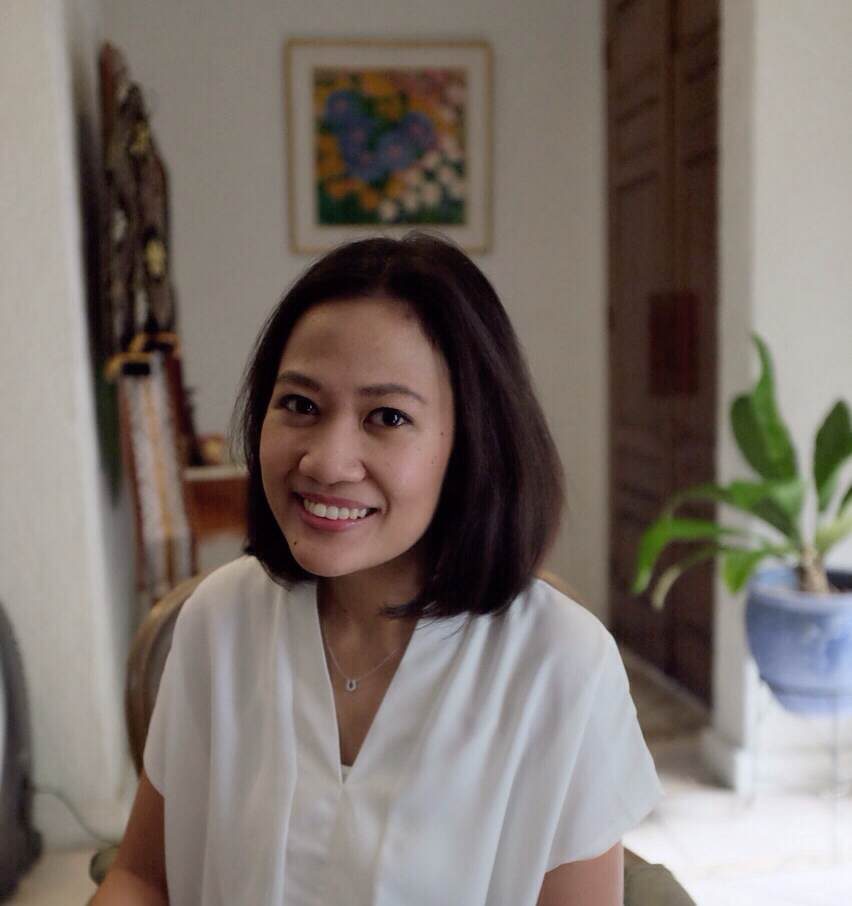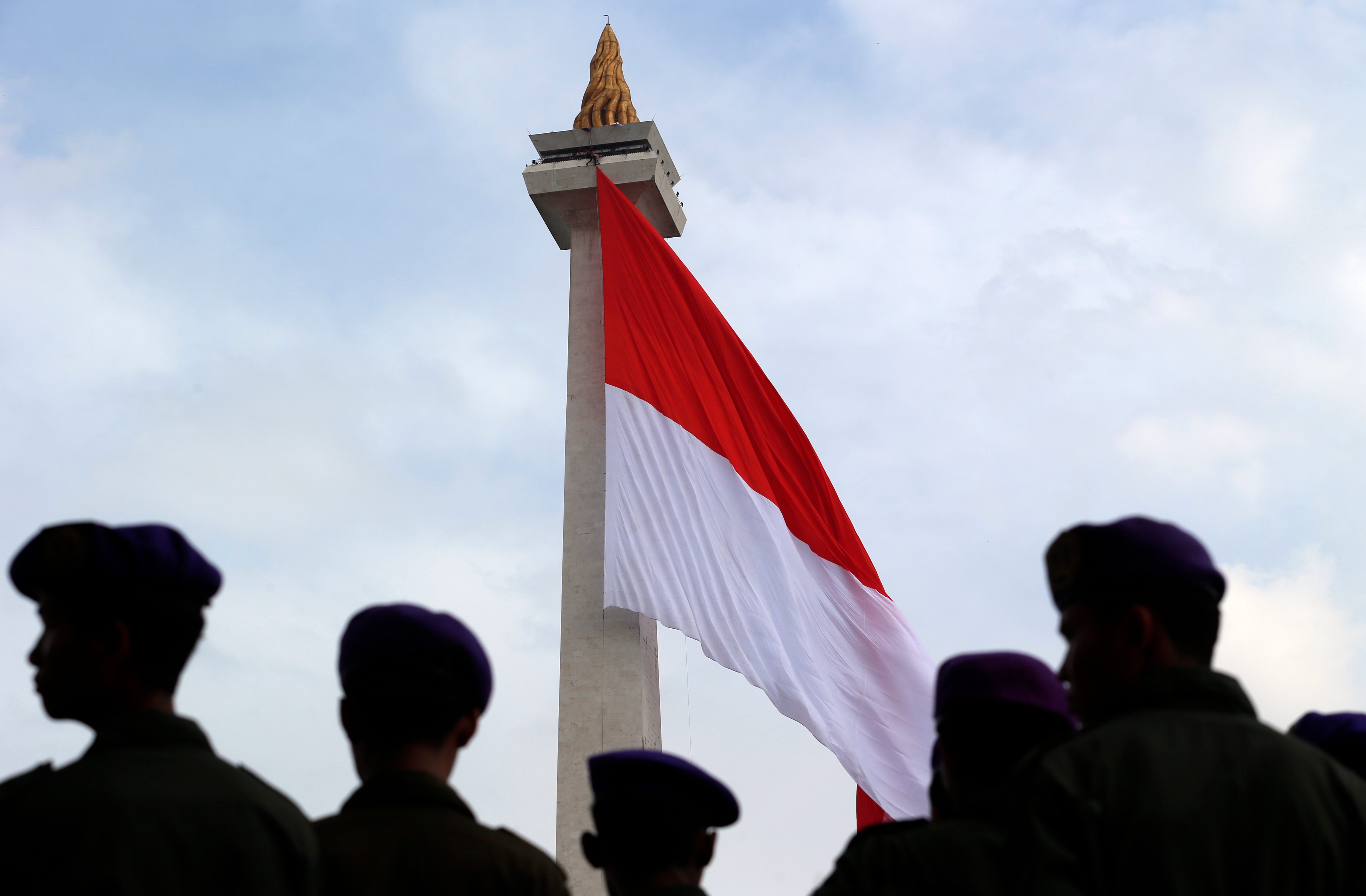SUMMARY
This is AI generated summarization, which may have errors. For context, always refer to the full article.

On October 28, 1928 The Youth Pledge was declared loud and proud, agreed upon youth groups from all over Indonesia: Pemuda Kaoem Betawi/Betawi Youths, Perhimpunan Pelajar Indonesia/Indonesian Scholar Community, Jong Sumatra, Jong Java, Jong Ambon, Pemoeda Indonesia, Jong Islamieten, Jong Bataksbond, and Jong Celebes.
Underlying the Pledge was a clear understanding that while they have differences in history, language, education, and culture, this declaration would be the tie that bounds them together as sons and daughters of Indonesia.
Today, what does ‘unity in diversity’ mean in a country with a population of 260 million, rich with culture, traditions, and beliefs?
Rising challenges
88 years later, news headlines on violence based on religion, ethnicity, or gender are a regular occurrence.
With religion playing a big part in the everyday life of the majority of the population, where each citizen is required by law to declare their religion on their national identity card, has it become a rationalization to discriminate and differentiate against those who are considered the minority?
Setara Institute, a nongovernmental organization that tracks religious intolerance, has reported 194 incidents of violent attacks on religious minorities in 2015. It ranges from the forced halt of the Sapta Darma temple renovations in Rembang by the Islamic People’s Forum, rejection of the Ahmadiyah community group in Bangka Island, to forced closure of churches in Bandar Lampung, Yogyakarta, and Samarinda.
These instances of intolerance clearly violate basic human rights. Based on the 1645 Constitution (Undang-Undang Dasar 1945) and Law No. 39/1999 on Human Rights, the government has responsibilities to ensure that said rights are respected, fulfilled, and protected.
Nevertheless, in the face of growing intolerance, depending only on curative measures from the government as non-biased law enforcers, clearly is not enough. Preventive measures also need to be taken.
Discrimination and intolerance exists because it is being allowed to exist.
Countering early-onset intolerance
The tendency to discriminate is not inherent, it is learned. Bandura’s social learning theory (1977) posits that learning is a process that takes place in a social context, where people learn from one another through observation, imitation, and modeling.
In this case, are children being taught about accepting diversity, and what is the example that is being set for our future generation?
Recent news tells stories of parents facing challenges to register their children in a public school, simply because their religious or spiritual belief isn’t on the computer system. There has also been coverage of a national university in Solo that gives preferential admission and scholarships to applicants who can memorize the Koran.
This favoritism in the educational system for majority groups is not exclusively religion-based. Gender-based discrimination is also frequently seen in schools.
For instance, differentiating extracurricular activities based on the students’ gender such as sports for boys and home economics for girls, or discouraging girls from joining the school’s football team.
Adding all these instances of discernment, whether clear or subtle, creates a high possibility of creating an automatic, unconscious pattern of discrimination in students’ beliefs and behavior.
Schools as a child’s main institution to attain education and build character should perform their role as a platform to cultivate understanding and tolerance in the context of accepting and respecting diversity, exercising methods that suit the child’s level of growth.
Some practical ways might be visiting various places of worship to introduce students to the value of diversity, open dialogue sessions with different cultural leaders, or friendly sport matches with other schools of different religious backgrounds.
Youth for unity
In 1928, the Youth Pledge, initiated by the youth, is monumental in Indonesia’s path for independence.
At that time, with geographical barriers and limited access to knowledge and education, unity is essential to ensure that someday in the future, they could lead a free Indonesia.
Now, it is also the youth that hold the potential to nip the vicious cycle of intolerance in the bud, reminding Indonesians that even in 2016, there is still a strong need for unity, as Indonesia is facing challenges in ensuring a peaceful society amidst the rise of radical groups and hate crimes.
An example of youth leading the way to cultivate tolerance is the Sabang-Merauke Program, an exchange student program between regions of Indonesia. It provides youth with the experience of shortly living with a family of a different background.
Indeed, one way to learn tolerance is through individual awareness: the opportunity to experience it, and the ability to listen to each other’s perspectives.

The spirit to embrace and empower acceptance is also being nurtured by the National Youth Gathering (Temu Kebangsaan Orang Muda), which facilitates interfaith dialogue among youth. How these initiatives convey true meaning to unity in diversity needs to be encouraged and spread all across communities.
88 years later, most students in Indonesia still has the Pledge memorized: “We, the sons and daughters of Indonesia, acknowledge one motherland, motherland Indonesia. We, the sons of daughters of Indonesia, acknowledge one nation, the nation of Indonesia. We the sons and daughters of Indonesia, Respect one language of unity, the Indonesian language.”
Today, we struggle to put meaning into these words. But one thing is for sure: Indonesians are naturally diverse. Only tolerance can ensure the survival of our mixed communities, in every corner on the nation. – Rappler.com
Anindita Sitepu is a psychologist, serving as Programme Director at Center for Indonesia’s Strategic Development Initiatives (CISDI).
Add a comment
How does this make you feel?
There are no comments yet. Add your comment to start the conversation.